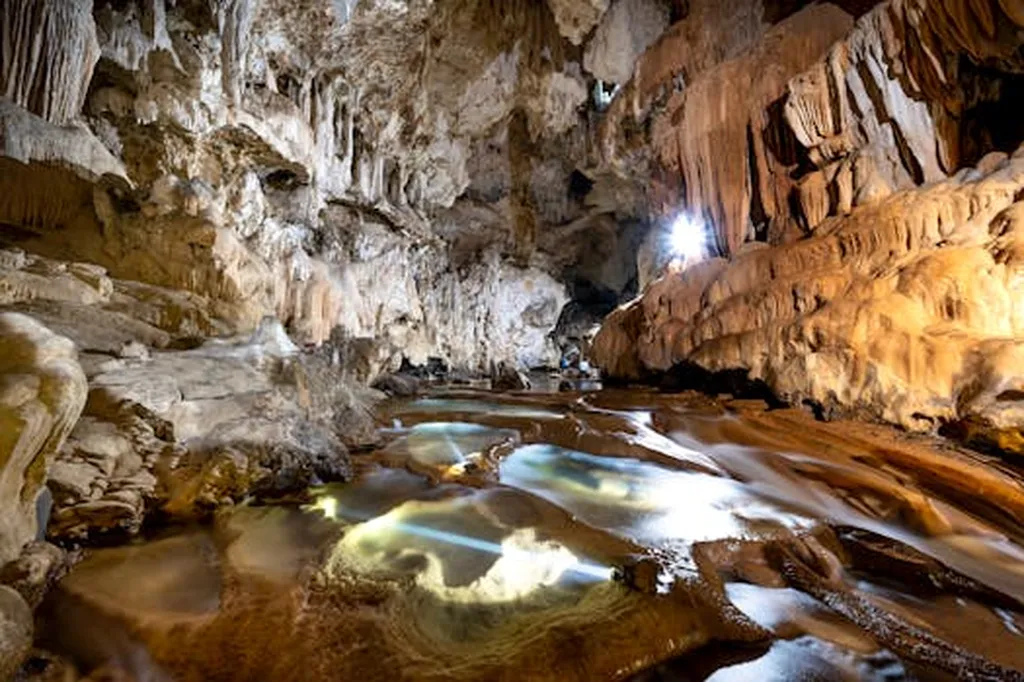In the heart of Shandong Province, a silent threat lurks beneath the surface, one that has been increasingly disrupting the region’s economic activities and endangering lives. Covered karst collapses, a common geological hazard in the Jingquan area, have been occurring with alarming frequency, particularly during dry seasons. A recent study, published in *Carsologica Sinica* (Chinese Journal of Speleology), aims to shed light on this pressing issue, offering a roadmap for targeted prevention and control measures.
The research, led by Yawei Feng of the Shandong Provincial Lunan Geology and Exploration Institute, delves into the complex interplay of factors contributing to these collapses. Feng and his team have identified three distinct aquifer groups in the Jingquan area, each playing a crucial role in the region’s hydrogeological dynamics. The shallow aquifer group, the weakly permeable aquifer group, and the deep aquifer group collectively form a system that is highly sensitive to changes in precipitation and groundwater exploitation.
The study’s findings underscore the significant impact of human activities on karst collapses. “The increase of karst water exploitation and the change of rainfall are the main causes of karst collapses,” Feng asserts. This revelation is particularly pertinent to the energy sector, where groundwater extraction is a common practice. As the demand for energy continues to grow, so does the need for sustainable water management strategies.
The research employs advanced methods such as numerical simulation and fuzzy mathematical techniques to model the zoning of early warning for karst collapses under various environmental conditions. By simulating different scenarios, including varying rainfall frequencies and increases in mining volume, the study provides a comprehensive assessment of the risks associated with karst collapses.
One of the most striking findings is the direct correlation between the density of pumping wells and the likelihood of collapses. As Feng explains, “The denser the pumping wells are, the likelier karst collapses occur.” This insight highlights the urgent need for rational groundwater use and robust monitoring systems.
The study’s implications extend beyond the Jingquan area, offering valuable insights for other regions grappling with similar geological challenges. By understanding the distribution rules and influencing factors of karst collapses, policymakers and industry stakeholders can make informed decisions that balance economic development with environmental sustainability.
As the energy sector continues to evolve, the need for innovative solutions to geological hazards becomes increasingly apparent. Feng’s research not only advances our understanding of karst collapses but also paves the way for targeted prevention and control measures. By integrating these findings into their operations, energy companies can mitigate risks and contribute to the long-term stability of the regions they operate in.
In a world where the boundaries between environmental conservation and economic development are increasingly blurred, Feng’s work serves as a reminder of the delicate balance we must strive to maintain. As we navigate the complexities of the 21st century, the lessons learned from the Jingquan area will undoubtedly shape the future of water management and geological hazard prevention.

